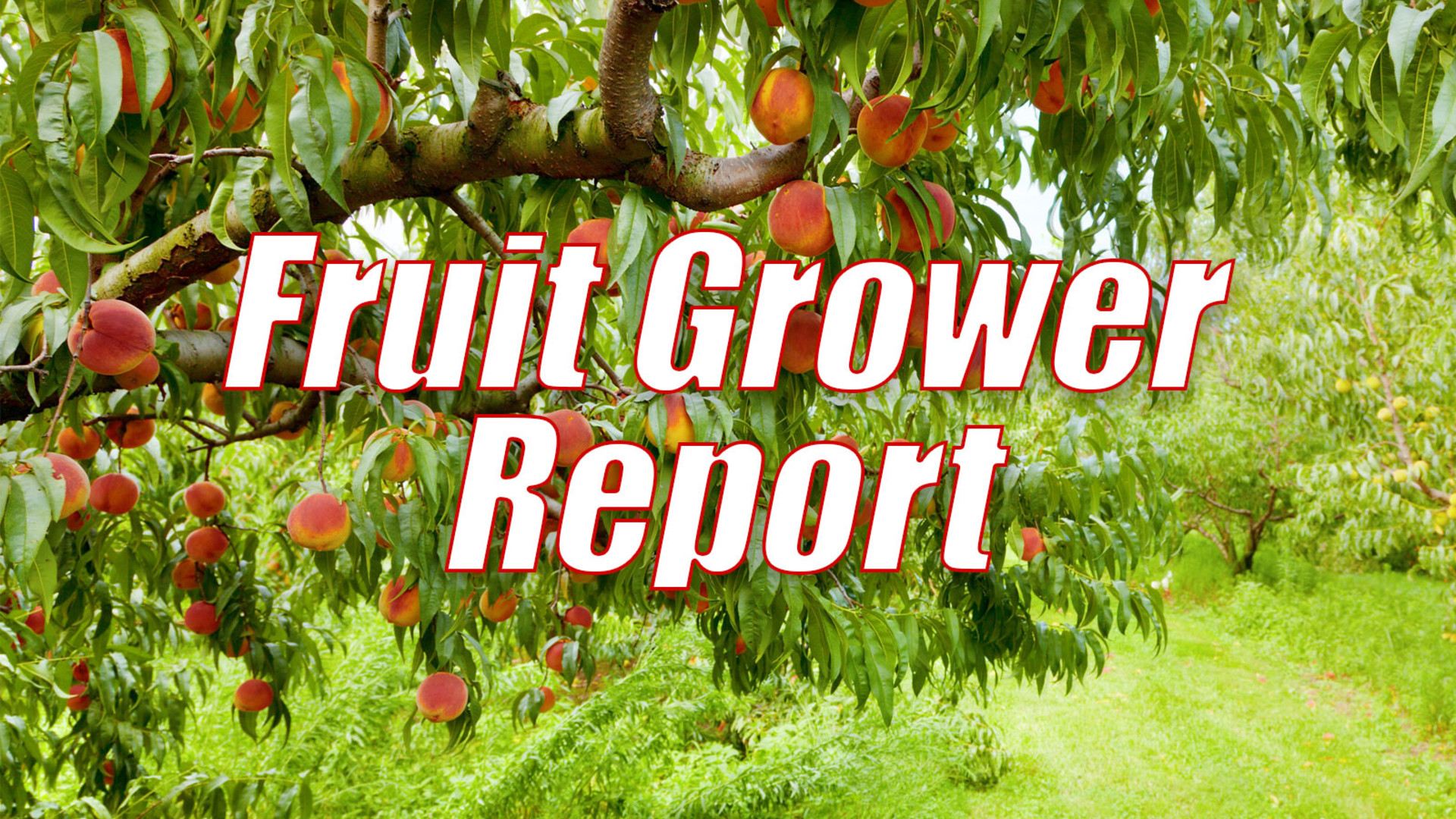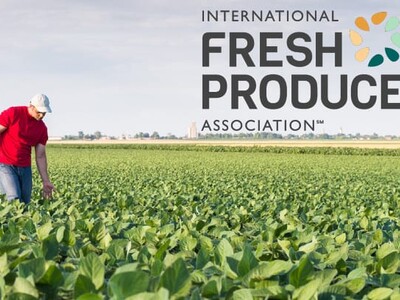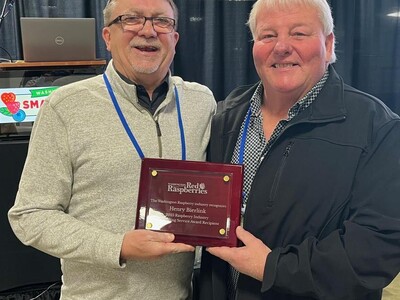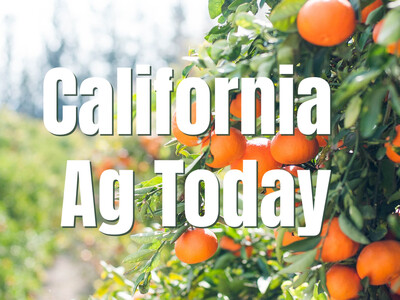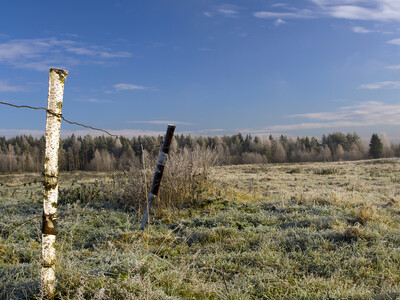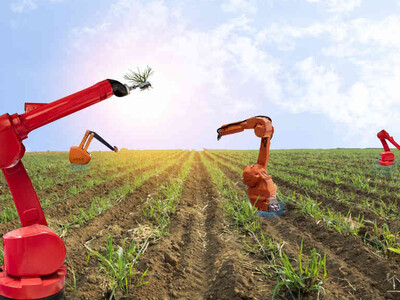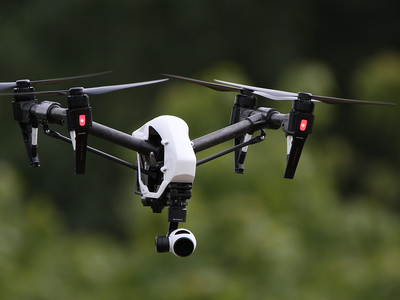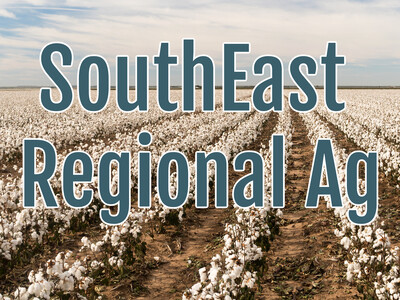Fire Blight Part 2
Fire Blight Part 2. I’m Greg Martin with today’s Fruit Grower Report.
With some fire blight tools going away next year Ken Johnson with OSU has been looking at ways to combat this problem. One tool that is used in thinning is lime sulphur.
JOHNSON: How does bloom thinning affect fire blight control? Well we’ve looked at this for multiple years now and this is replicated orchards trials and we go out and set up our orchard trials and we inoculate the trees with fire blight and lime sulphur is about a 50 percent-er here in this case and it’s taking our blight count back about 50% of the way. And the key to this though is we’re putting the pathogen on after the thinning treatment so what we think we’re seeing here is primarily an effect that we’ve thinned flowers. So we thin flowers with lime sulphur and so there’s fewer flowers for fire blight to infect and that gives us fewer strikes.
Johnson says that the lime sulphur may not be actually preventing the blight.
JOHNSON: Basically by putting on lime sulphur early in the season you result in fewer flowers to infect so I think that that thinning is important in that regard, it doesn’t say anything about the lime sulphur being bactericidal to the early process of fire blight getting going in the flowers so that’s been a second question we’ve been trying to look at.
That’s today’s Fruit Grower Report. I’m Greg Martin on the Ag Information Network.


